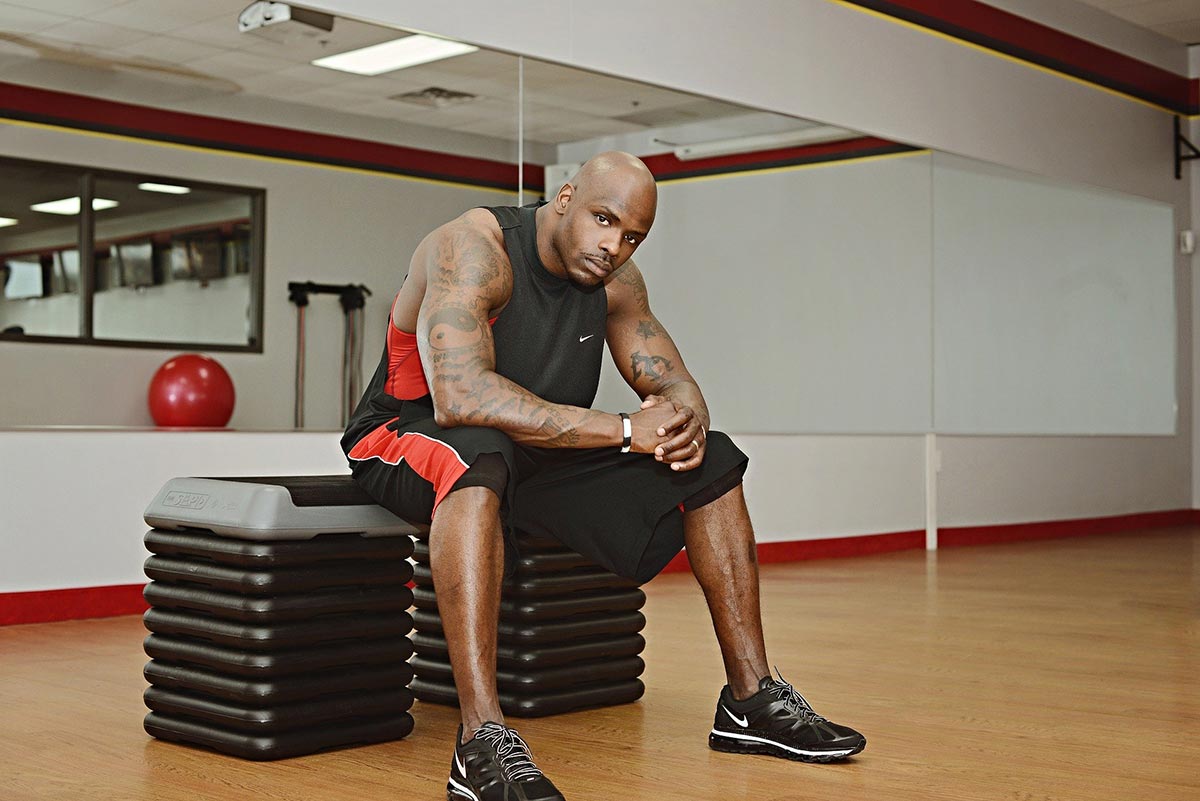What Is CrossFit Really About?
CrossFit is more than just a workout; it's a lifestyle, a challenge, and for some, almost a religion. Developed in the early 2000s, it combines elements of weightlifting, gymnastics, and high-intensity interval training (HIIT). The goal is simple: to create the fittest version of yourself by constantly varying exercises, pushing limits, and fostering a community that thrives on sweat, camaraderie, and personal bests.
But CrossFit is not just about lifting heavy weights and doing endless burpees. The program is designed to improve overall fitness, including cardiovascular endurance, strength, flexibility, power, speed, coordination, agility, balance, and accuracy. Research has shown that regular CrossFit training enhances aerobic capacity, boosts metabolism, and improves mental resilience, making it a comprehensive fitness approach.
Who Can Do CrossFit? Are Beginners Welcome?
Contrary to popular belief, CrossFit is not an exclusive club for elite athletes or people who can deadlift a small car. Beginners are not only welcome but encouraged. Most CrossFit gyms (or "boxes," as they are affectionately called) offer foundational classes where newcomers learn proper techniques before diving into full-fledged workouts. A recent study found that structured CrossFit programs improve overall fitness even in previously sedentary individuals, reducing cardiovascular risk and increasing strength significantly within the first six months.
One of the most significant advantages of CrossFit for beginners is the scalability of workouts. Whether you're someone who has never touched a barbell or an experienced athlete, CrossFit workouts can be modified to fit individual needs. Coaches emphasize form, safety, and gradual progress, ensuring that new participants build a strong foundation before advancing to more complex movements.
Is CrossFit Only for Men?
Absolutely not. The old stereotype of a testosterone-fueled, muscle-clad CrossFit gym is outdated. Women now make up a significant percentage of the CrossFit community, and scientific research confirms the benefits for both genders. Female participants have shown remarkable increases in muscular endurance, bone density /bone metabolism, and metabolic efficiency. Moreover, the sport encourages women to embrace strength and capability rather than focusing solely on aesthetics, making it a revolutionary force in breaking outdated fitness norms.
Studies have demonstrated that women in CrossFit show similar strength gains to those in traditional resistance training but with greater improvements in functional fitness. This means that everyday tasks like carrying groceries, climbing stairs, or even preventing falls become easier with continued CrossFit training. The sense of empowerment that comes from mastering complex lifts and challenging workouts is another reason why more women are embracing the sport.
CrossFit: A Standalone Fitness Method or Part of a Macro Cycle?
Some people swear by CrossFit as their sole training method, but is that ideal? The answer lies in individual goals and recovery capacity. While CrossFit builds strength, endurance, and agility, integrating it into a structured macro fitness cycle enhances results. For example, athletes often periodize training by incorporating strength phases, endurance blocks, and active recovery weeks to avoid overtraining. Studies indicate that athletes who combine CrossFit with targeted mobility work and structured strength training achieve better long-term progress while reducing injury risk.
Many professional athletes use CrossFit as a supplemental training tool rather than their primary fitness regimen. It works particularly well when combined with sport-specific training or traditional weightlifting. CrossFit’s emphasis on functional movements makes it beneficial for sports that require explosive power, balance, and coordination.
Injury Risks: Myth or Reality?
Critics often claim that CrossFit is an injury-prone sport, but data suggests otherwise. Research comparing CrossFit to traditional strength training found that injury rates are comparable when participants follow proper form and recovery strategies. The real danger lies in pushing too hard without adequate rest or neglecting technique in favor of speed. Professional coaching and individualized progression plans significantly reduce these risks, making CrossFit a safe and effective fitness choice.
One of the most significant factors in preventing injuries is proper coaching and scaling workouts to an individual's ability level. Many injuries in CrossFit occur due to overexertion or improper technique rather than the sport itself being inherently dangerous. When done correctly, CrossFit can improve joint health, flexibility, and overall resilience, making it an excellent choice for long-term fitness.
If you're looking for a workout that challenges both body and mind while fostering a strong community, CrossFit is worth a try. Whether you're a beginner or an experienced athlete, man or woman, it offers scalable options that can be tailored to individual fitness levels. Incorporating it into a well-balanced training plan can enhance overall fitness, provided it is approached with the right mindset and guidance.
CrossFit is not just about lifting weights and doing extreme workouts. It’s about building resilience, learning to push through challenges, and becoming functionally fit for life. The strong sense of community and support that CrossFit fosters makes it unique among fitness programs. If you’re willing to put in the work and embrace the journey, CrossFit can be one of the most rewarding fitness experiences you’ll ever have.












